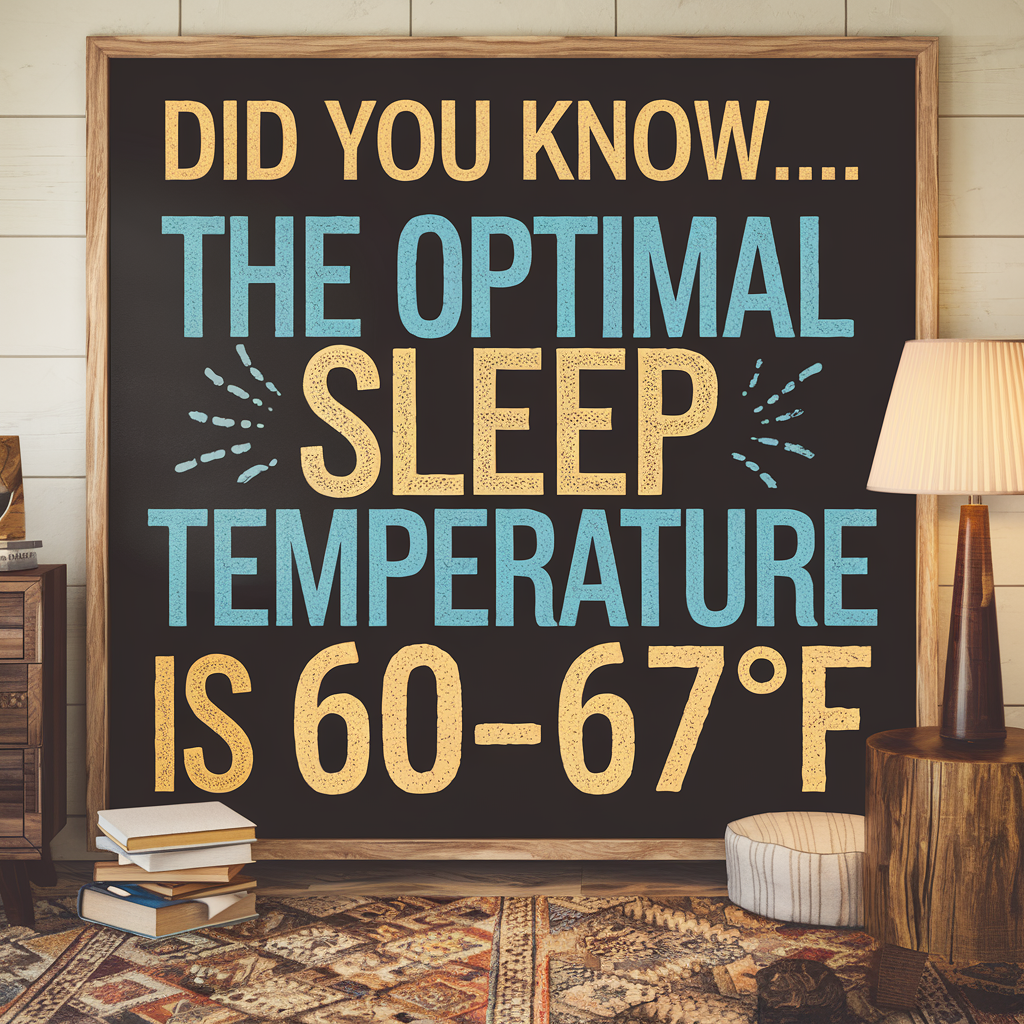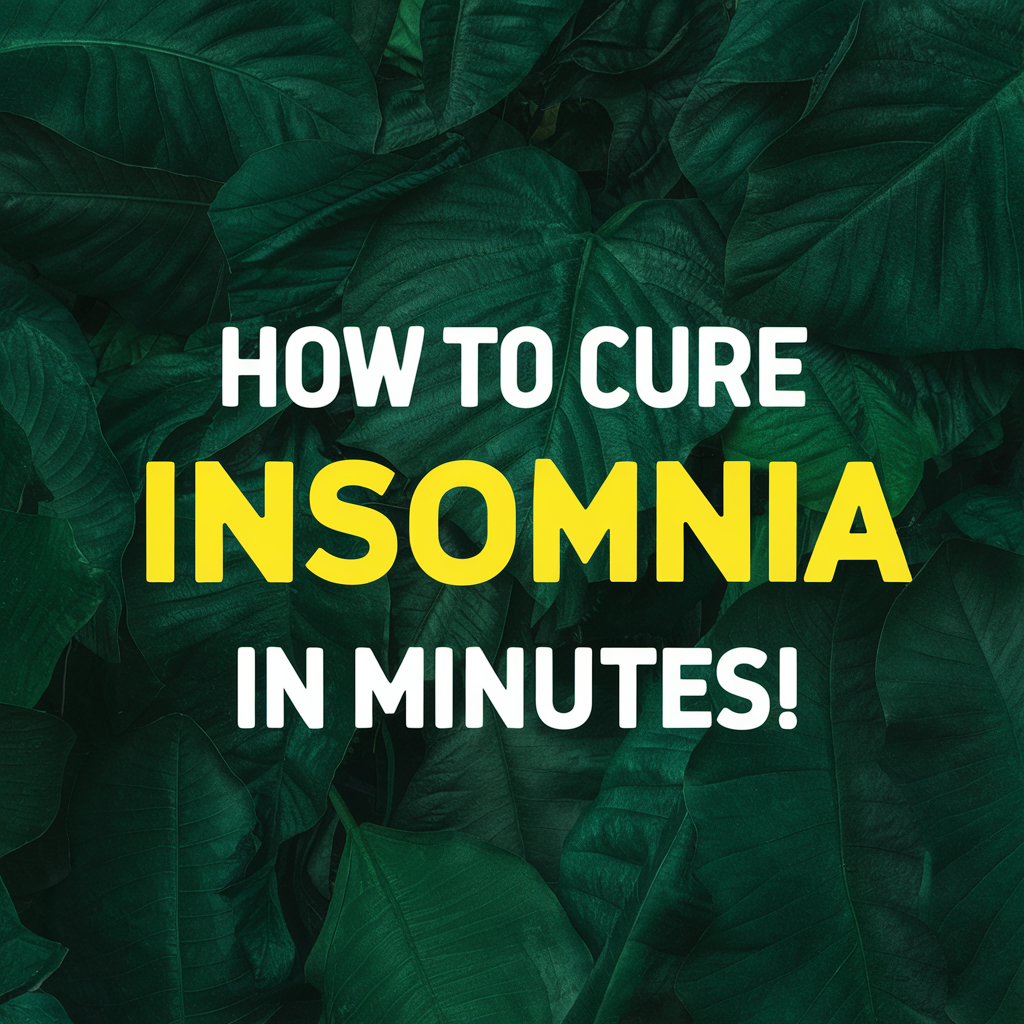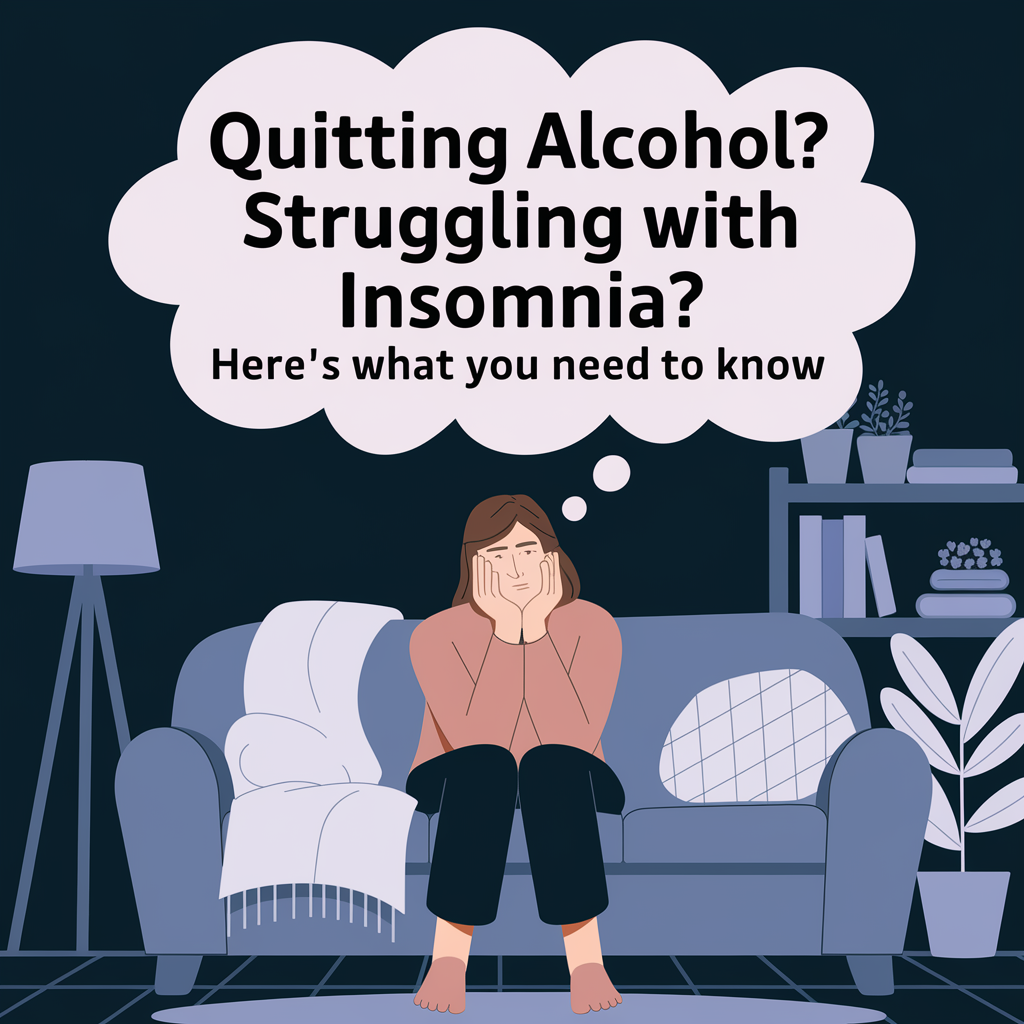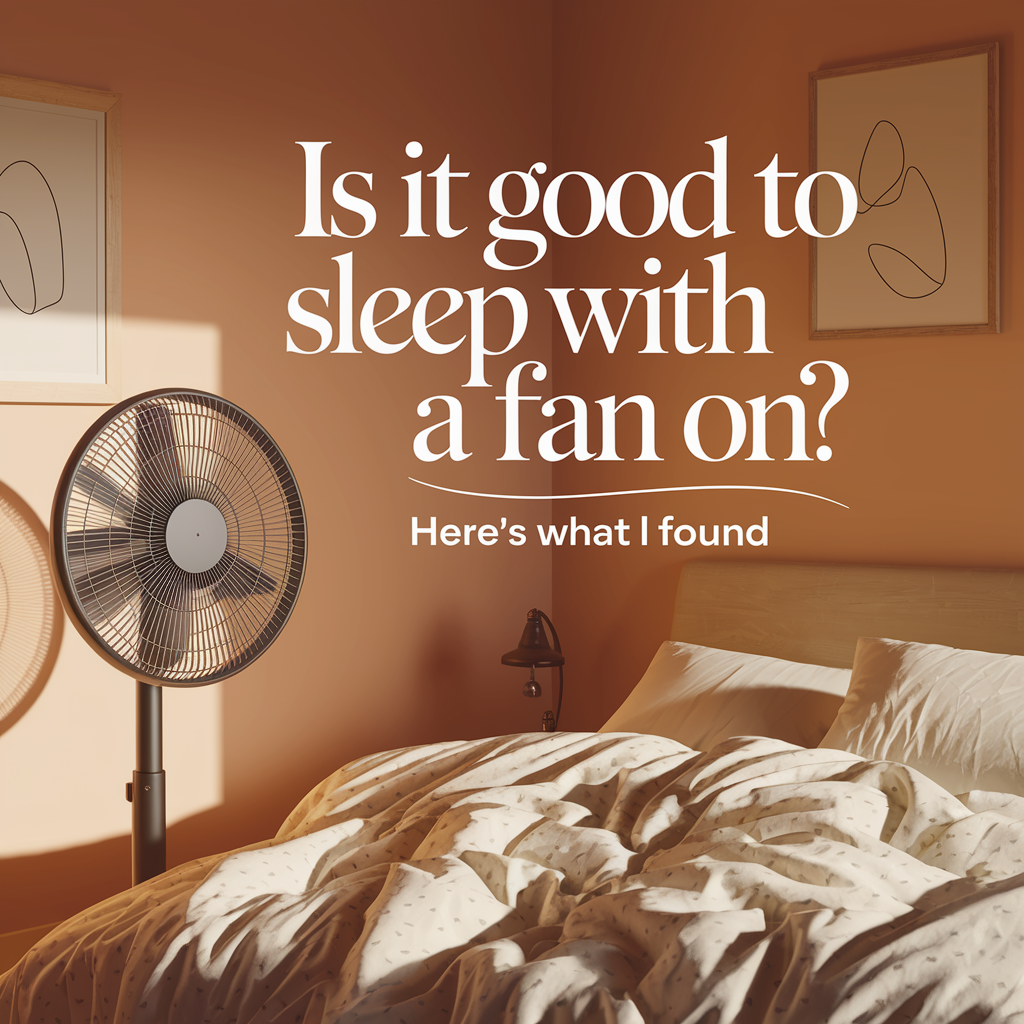
Is it good to sleep with a fan on?
This might sound dramatic, but I seriously don’t think I could sleep without my fan running. Every single night, it’s on—cooling the room and humming me to sleep. But I started to wonder: Is it actually good to sleep with a fan on? Or have I just trained myself to need it?
After years of relying on that white noise to fall asleep—and trying different fan types—I’ve dug into the real pros and cons of sleeping with a fan on. And spoiler: it’s mostly good, but there are a few things you should know.
For me, sleeping with a fan has been a total game-changer. It’s helped me fall asleep faster, stay asleep longer, and feel more rested in the morning. I even wrote about how I found the best fan for sleeping noise because it made that much of a difference in my nightly routine.
Still, depending on how sensitive you are to air movement or dryness, the setup matters. Pointing a fan straight at your face or using the wrong type might leave you feeling off. But when done right, it’s one of the easiest ways to level up your sleep.

Pros of sleeping with a fan on
Let’s start with the good stuff—because there’s a lot of it. I didn’t realize how many actual benefits of sleeping with a fan on existed until I started looking into it. Here’s what I’ve personally experienced (and what sleep science backs up):
1. Consistent white noise
This is the big one. The low hum of a fan creates a steady sound that helps block out barking dogs, car horns, or even a snoring partner. It’s relaxing and masks the kinds of noises that would otherwise pull you out of deep sleep. If white noise is a must for you, check out what I discovered as the top fans that actually work for sleep—it’s a real breakdown of the fans that passed my test.
2. Cooling for hot sleepers
I run warm at night, so that breeze across my face is pure relief. Fans help regulate body temperature, especially in warmer months or for people who get night sweats.
3. Air circulation
A fan helps move air around the room so it doesn’t feel stuffy. It can also help distribute air from your AC or even push cooler air through windows at night.
4. Mental wind-down signal
Turning on my fan at night has become a cue that it’s time to shut down. That familiar hum almost tells my brain, “Okay, the day’s done—time to rest.”
If you’re debating it or feel like you sleep “okay” but not great, adding the right fan could be the missing link. I had no idea how much better I could sleep until I found the one that hit the right combo of sound and airflow. Want the full scoop? Here’s how I finally found the fan that changed my sleep routine.

Cons of sleeping with a fan on
As much as I love my fan—and I truly do—there are a few drawbacks worth mentioning. I’ve experienced some of these firsthand, especially when I didn’t set things up quite right. Sleeping with a fan on isn’t bad by default, but if you’re not careful, it can cause a few annoying issues.
Here’s what to watch for:
1. Dry throat, nose, or eyes
This was the first downside I noticed, especially when I had the fan pointed directly at my face. The constant airflow can dry out your sinuses or eyes overnight, which isn’t fun to wake up to. The fix? Just aim the fan slightly away or set it to oscillate. Once I made that tweak, the dryness stopped being an issue.
2. Increased allergies or dust
Fans move air—and everything in it. If your fan is dusty (or your room is), you’re circulating that into your breathing space. That’s why I now wipe down the blades every couple of weeks. It takes 30 seconds and makes a big difference.
3. Getting too cold at night
Even during summer, I’ve woken up chilly from having the fan blast directly at me. Especially if you sleep close to it, it’s easy to get overcooled without realizing. I found that using a medium setting or angling the fan slightly above the bed keeps the breeze comfortable without freezing me out.
4. Noise might be too much for light sleepers
I personally love the hum, but if you’re super sensitive to sound, not all fan noise will work for you. Some are too high-pitched or have a rattle. That’s why choosing the right one matters—and why I made a full breakdown of the best fan for sleeping noise if you want that deep, smooth white noise without the annoying stuff.
So yeah, there are a few cons—but they’re easy to work around. For me, the benefits far outweigh them, especially once I figured out how to set things up right.
Next, I’ll break down whether sleeping with a fan can actually cause any health issues—and what’s just a myth.
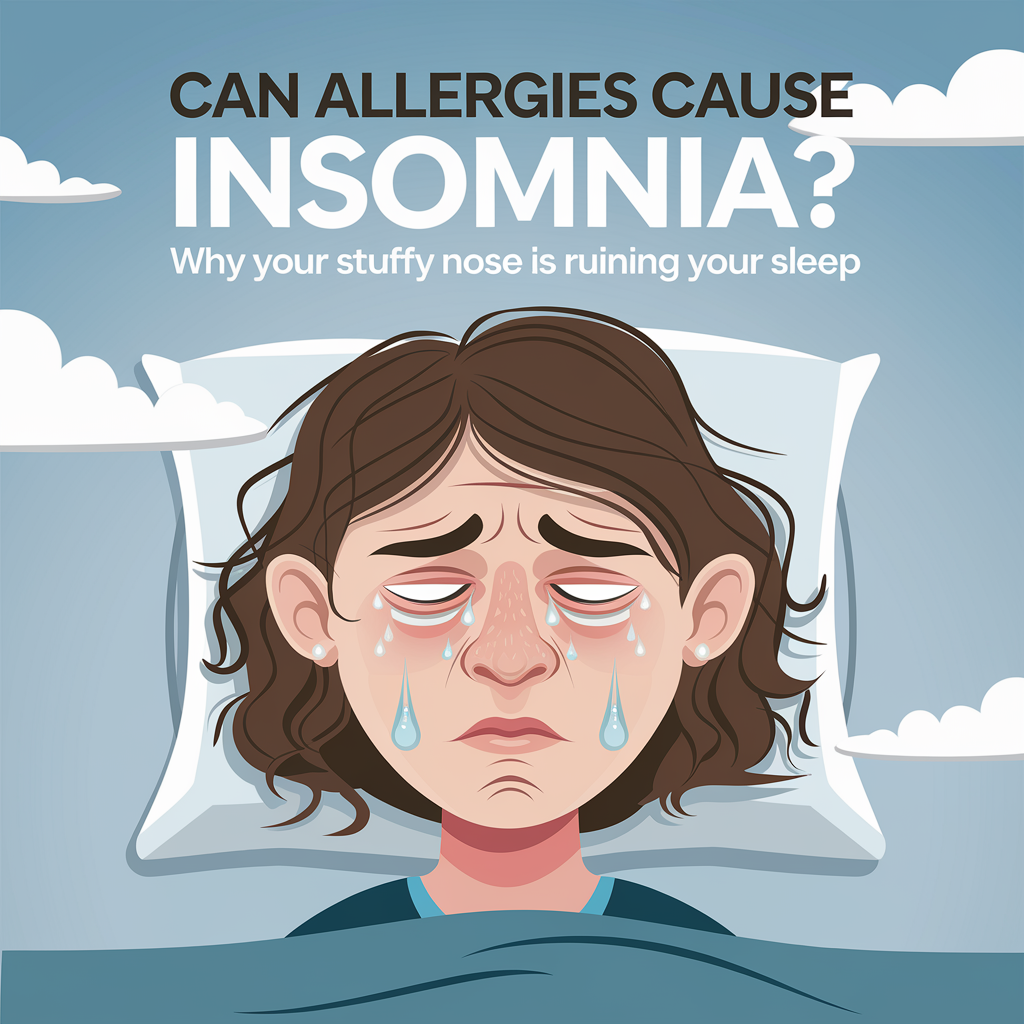
Does sleeping with a fan cause health issues?
This is one of those questions that pops up in Google all the time—and it’s totally fair to ask. I used to wonder the same thing: Is it actually bad for me to sleep with a fan running every single night? After doing the research and living it for years, here’s what I found.
Sleeping with a fan on doesn’t cause any major health problems if you’re using it properly. Most of the so-called “issues” people talk about are either myths or easily preventable with just a few simple tweaks.
Let’s clear a few things up:
1. No, it won’t paralyze your face
You might’ve heard an old rumor that sleeping with a fan on your face can cause nerve damage or facial paralysis. That’s a myth. There’s no legit medical evidence backing that up. Your fan isn’t that powerful.
2. Yes, it can dry out your skin or sinuses
Like I mentioned earlier, continuous airflow—especially in dry climates or winter—can dry out your skin, throat, or nasal passages. But it’s more about how the fan is used. Just don’t blast it at your face, and maybe keep a glass of water by your bed. Done.
3. If you have asthma or dust allergies, clean it often
This one’s real. If your fan’s blades are dusty, it’ll kick that dust into the air all night. I’ve learned to give mine a quick wipe with a damp cloth every week or two. It keeps the air clean and my sleep way more comfortable.
4. Muscle stiffness from cold air? Maybe—but rare
Some people report waking up with a stiff neck or shoulder after having cool air blow directly on them. Again, the fix is simple: angle the fan so it’s not hitting your body directly or use it in oscillating mode. Personally, I’ve never had this problem—and I’ve been a nightly fan sleeper for over a decade.
So no, sleeping with a fan on won’t destroy your health. In fact, if you’re using a good-quality fan that gives off calming white noise and keeps you cool, it can actually improve your sleep and lower stress levels. That’s exactly why I took the time to find and write about the best fan for sleeping noise—because the right fan changes everything.

How I sleep with a fan on without side effects
After years of sleeping with a fan running every night, I’ve figured out how to avoid all the annoying stuff—like waking up with a dry throat, freezing under the covers, or sneezing from dusty air. It honestly took a little experimenting, but now I’ve got my setup dialed in so I get all the benefits of sleeping with a fan on without any of the downsides.
Here’s exactly what I do:
1. I never aim it directly at my face
This was a game-changer. I used to sleep with the fan pointed right at me, and I’d wake up with dry lips or a sore throat. Now I angle the fan toward my upper body or above my bed. I still get airflow, just not blasting me in the face all night.
2. I use medium or oscillating mode
Full power sounds tempting on hot nights, but I’ve found that using a lower speed is just as effective—and it’s easier on my sinuses. If your fan oscillates, even better. It spreads the air around the room without overwhelming any one spot.
3. I clean the blades every two weeks
I didn’t think this mattered until I saw the amount of dust building up on the inside of the grill. Yikes. Now I just unscrew the front and wipe everything down with a damp cloth. Takes two minutes and makes the airflow feel way fresher.
4. I combine it with blackout curtains and the right room temp
Fan noise alone helps me sleep, but pairing it with a dark, cool room makes a huge difference. I keep the room around 65°F and use blackout curtains to keep light out—then let the fan do its magic.
5. I chose a fan that’s made for sleeping
This was the final piece. Once I found the right model with the perfect balance of noise and airflow, everything just clicked. If you’re still searching, check out my full breakdown of the best fan for sleeping noise—those are the ones that actually worked for me night after night.
Sleeping with a fan on doesn’t have to be a guessing game. Once you fine-tune your setup and pick a fan that matches your needs, it goes from being “just a habit” to one of the best parts of your nighttime routine. Up next, I’ll break down the best types of fans for overnight use—and which one’s right for your bedroom.

Best types of fans for overnight use
Not all fans are created equal when it comes to sleep. I’ve tested more than I care to admit, and what I’ve learned is this: the best fan for sleeping isn’t about bells and whistles—it’s about reliable noise, good airflow, and comfort all night long.
Here’s a quick rundown of what I’ve found works best for different sleep styles:
1. Best for loud, steady white noise
If you need serious sound to fall asleep, the 24″ Industrial Drum Fan is a beast. It’s loud, deep, and masks everything from street noise to snoring.
2. Best all-around sleep fan
The Lasko Wind Machine is my nightly go-to. Great airflow, perfect white noise, and it doesn’t take up much space. If I could only keep one fan, this would be it.
3. Best classic box fan
You can’t go wrong with the PELONIS 3-Speed Box Fan. It’s simple, budget-friendly, and delivers that nostalgic hum that helps you drift off in no time.
4. Best for light sleepers or shared rooms
The Lasko Oscillating Pedestal Fan is quieter, more adjustable, and better for couples or anyone who prefers gentler sound.
The fan you choose depends on your space, your sleep style, and how much noise you like. If you want the full breakdown with links and my real-world take on each fan, check out my full guide to the best fans for sleeping noise—it covers everything I personally tested and still use today.
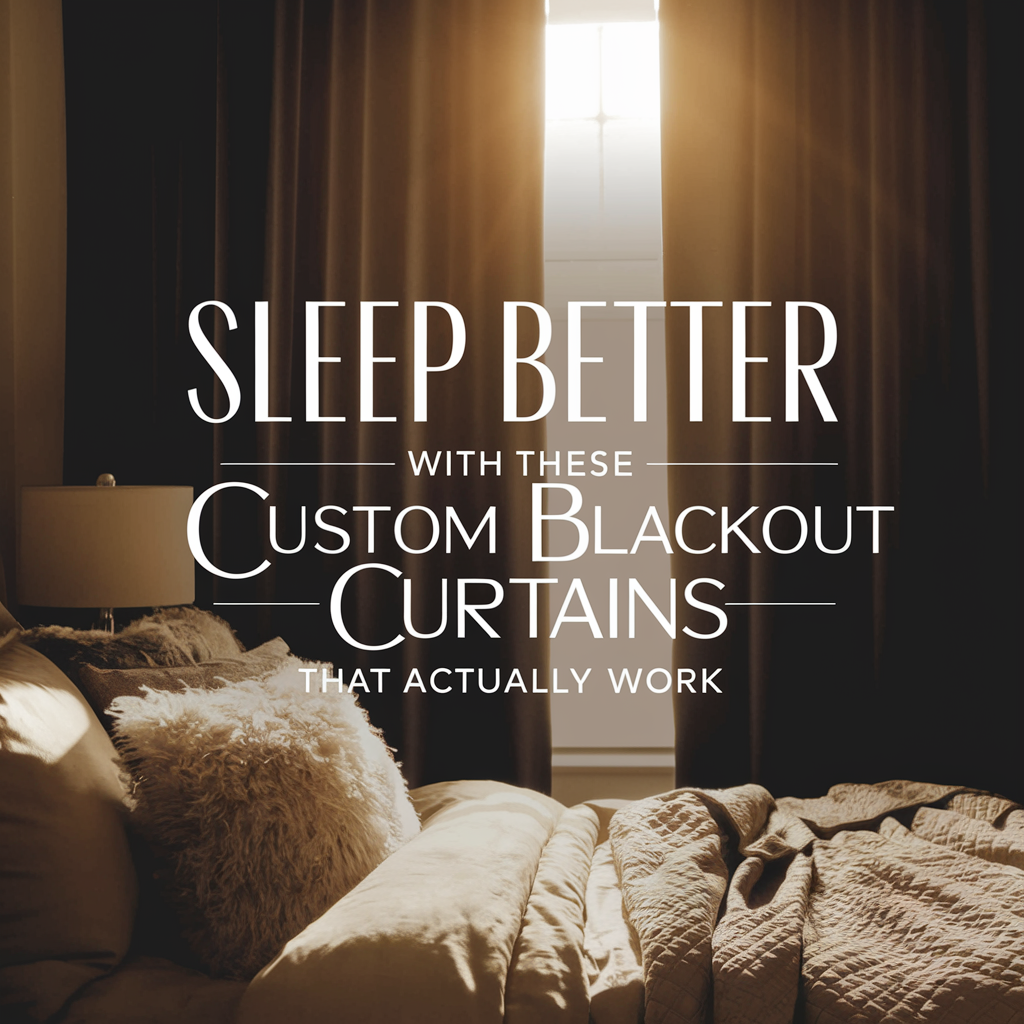
Is sleeping with a fan on right for you?
If you’ve been wondering is it good to sleep with a fan on?—my answer is a strong yes. For me, it’s one of the easiest, cheapest, and most effective ways to sleep deeper, stay asleep longer, and feel more relaxed the second I lay down.
That soft, steady hum helps me unwind in a way no sleep app or noise machine ever could. Add the cool breeze and a properly set-up room, and you’ve got a sleep environment that’s hard to beat.

Just make sure you’re using the right fan, placing it smartly, and keeping it clean. The wrong setup can be annoying—but the right one? Game changer.
And if you want to go a step further, pair your fan with the ideal sleep temperature and a truly dark room. Trust me, once you get it all dialed in, you’ll wonder how you ever slept without it.
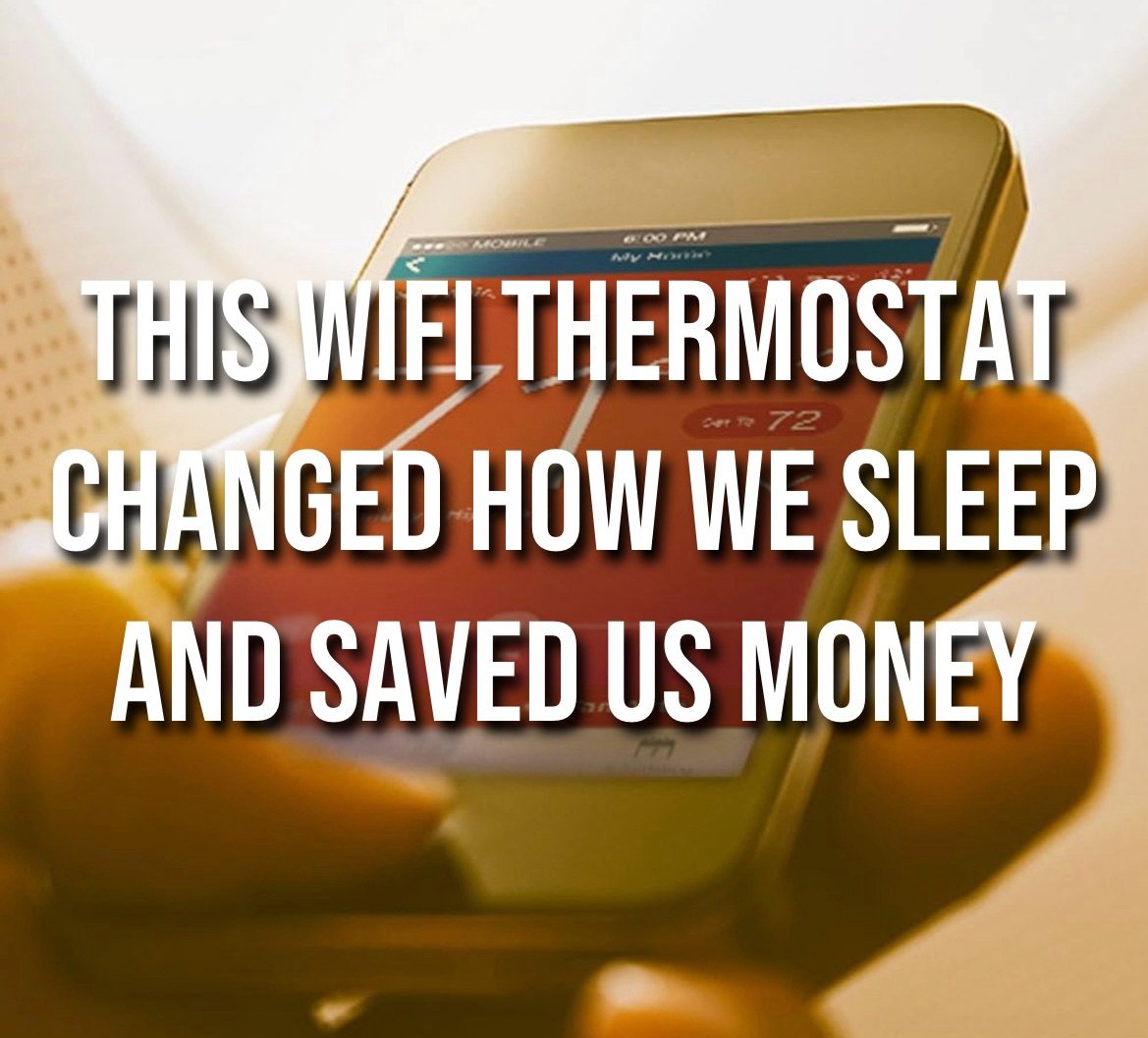
As an Amazon Associate we earn from qualifying purchases through some links in our articles.
